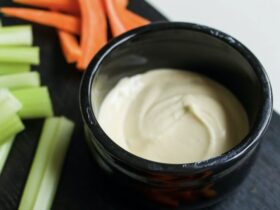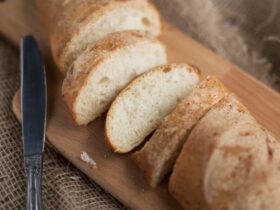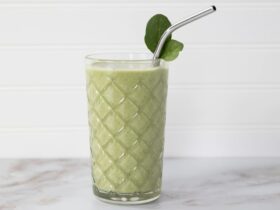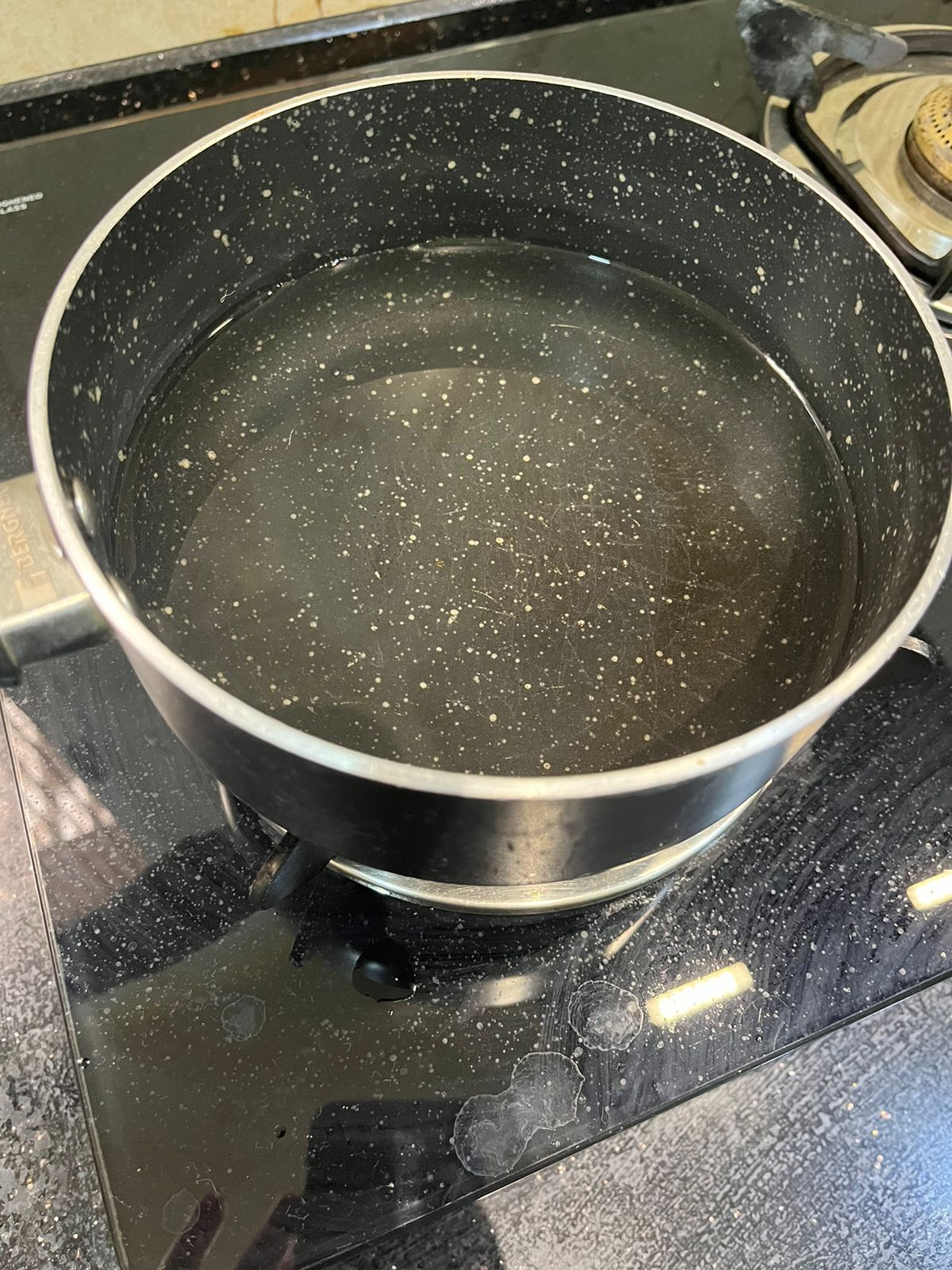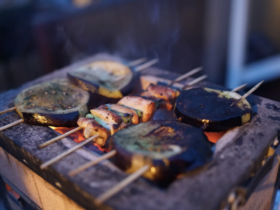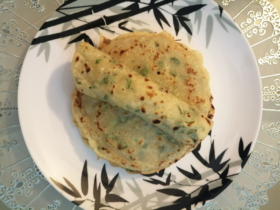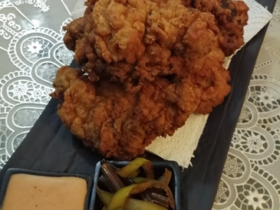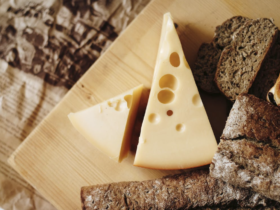Does your recipe book mention simmering and you are having trouble understanding what simmer means? Stress no more, because I am here to make it easy on you. Simmering is one of the most basic cooking techniques. It prevents your rice from burning and your stew meat from getting tough. Simmering is a method where the cooking of food is slow and gentle. This cooking method uses moderate heat to gradually soften the food or meat while adding other ingredients or seasonings. Simmering is essential when making stew, soups, or cooking meat.
In this article, I will take you through what simmering means when cooking and teach you how to properly simmer when cooking.
What Is Simmering?
Simmering occurs when you cook food in liquid or sometimes just the liquid. The cooking takes place at a temperature below the boiling point. This cooking technique is more aggressive than poaching. In simpler terms, simmer means to cook liquid in the range of 185˚F to 205˚F, just below 212˚F (Boiling Point).
Simmering is a way to make fork-tender foods, soups, stocks, or stews. This process helps bring all the flavors and ingredients together into a cohesive dish. People is used simmering to make grains edible as well.
Simmering vs. Boiling
As mentioned above, simmering is a gentle process. It allows you to slowly add ingredients and flavors to the dish so that they blend to perfection. It helps prepare delicate food that can break in a rapid boil. For example, cooking meat on a simmer makes it more tender than tough.
Boiling is a process where cooking takes place at a higher temperature. Boiling softens ingredients or food such as pasta and root vegetables. This process produces concentrated flavors.
A critical difference between boiling and simmering is that food moves or is agitated much more during boiling.
What Simmering Looks Like
When simmering, bubbles will rise from the bottom of the dishware to the surface of your liquid. You have to watch out for these bubbles.
There are types of simmer temperatures, from a low or slow simmer to a full or rapid simmer. You simply have to adjust the temperature according to the dish you are making and your cookware.
Here are different types of simmer:
- Low or Slow Simmer: Low heat, and there will be significantly less movement of the liquid in the pot. There will be fewer bubbles rising and a few wisps of steam.
- Simmer: A medium-low heat is used. There will be more gentle bubbles compared to a slow simmer. This temperature is perfect for making sauces, braises, or stews.
- Full or Rapid Simmer: Medium or medium to high heat is used. There will be small, but abundant bubbles.
Remember that simmering occurs between 185˚F to 205˚F. The best way to monitor is to examine the number of bubbles rising.
How to Simmer?
Now that you know the various simmer temperatures and what happens when you place your pot on low, medium, or high heat, we will look into how to simmer.
Step 1: Pour the desired liquid into your pot or dish.
Fill your pot or cookware with the desired liquid and place all of your ingredients into the pot and cover.
Step 2: Set the heat and place your pot on the stove.
Set the flame of your stove to slow or medium heat. You can increase the heat gradually until you reach the simmer you need. You must remember that the temperature can drop slightly when adding new ingredients to the pot.
Continue to monitor and adjust the temperature accordingly if you want to maintain the simmer for a longer duration. This is because a steady simmer can develop into a boil if the temperature gets very hot.
Step 3: Stir occasionally
Follow the recipe carefully and set a timer so you do not lose track of time. Remember to stir occasionally.
How to Maintain a Simmer
If you are having trouble, here are a few tips for maintaining a simmer:
- If you are having trouble maintaining consistent heat because of your burner, using a flame tamer will help a lot.
- Instead of increasing the flame, cover your pot for some time. This will help your pot heat up and reach your desired temperature. Do not keep the lid on for too long as this can lead to boiling.
- If your pot is heating up too quickly, you can add liquid or extra broth to cool it down the pot.
- You can also move your pot to the side of the burner or stir it a few times if it becomes too hot.
Foods You Can Simmer
Below is a list of foods you can simmer to make the best possible dish.
Vegetables: You can simmer starchy roots and fibrous vegetables so they can cook evenly. For example, beetroot, sweet potatoes, potatoes, and turnips.
Stock: Cooking stock or broth on simmer will help blend flavors more thoroughly.
Fish: Fish is delicate and can break easily when not cooked at the right temperature. Cooking on a simmer will prevent the fish from breaking.
Grains: You can cook grains such as quinoa, barley, millet, and farro on a simmer to make them tender.
Meat: Simmering makes meat tender and delicious to eat. Simmering also keeps the meat moist.
Advantages of Simmering
Simmering is an excellent cooking method because:
- You get the best taste: When you add ingredients to the liquid while simmering, they all infuse into the liquid and blend thoroughly. For example, while cooking meat or vegetables on a simmer, they release their flavor while absorbing the seasoned liquid.
- Simmering retains the nutritional value: A certain amount of nutrition is maintained when you cook food in liquid. When you simmer your ingredients in broth or other aromatics, you capture extra calories from oils, fats, and butter.
- Soft and tender texture: Food becomes tender and soft when simmering.
Final Words
Simmering can seem a little challenging initially, but as you get used to handling and controlling the heat, the process will become easy for you. You will be able to make delicious dishes when you simmer your food.
Remember to keep an eye on that heat and ensure it does not reach a boil! You can use an instant-read thermometer while cooking to keep track of the heat.
Now that you know how to simmer and maintain it when the pot gets hot, it is time for you to make all the recipes you have put on hold.
As always, thanks for reading. Keep your kitchen Hot and Salty!


